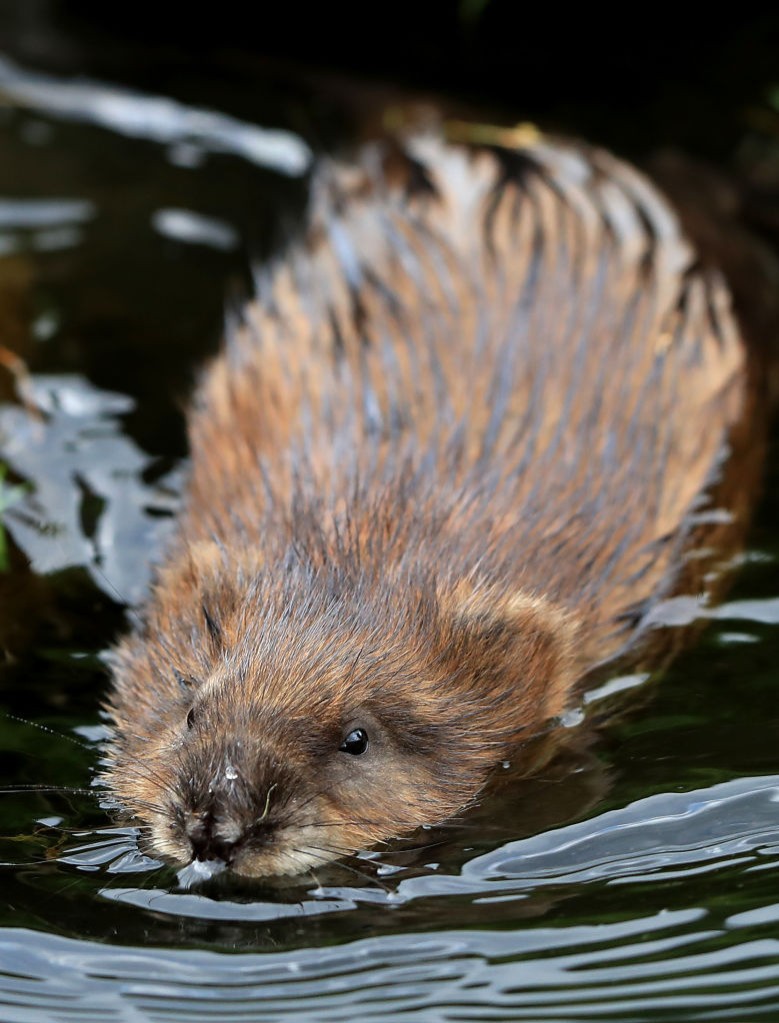
People often underestimate just how significant a beaver's dam is. It is not just some little woodland project blocking a tiny stream. The existence of these dams can alter the ecosystem's entire landscape in ways that greatly benefit all who live in them.
Hence, biologists hailing from Washington's Tulalip Tribes are working to use these beavers to restore wetland areas, and boost another endangered animal species: wild salmon.
Tulalip beaver project targets backyard dam builders
The project is specifically aiming to assist a few neighborhoods as well, especially those who have sighted beavers building ponds in people's backyards (and causing a number of gardening troubles). Beavers are rather indiscriminate on the kind of trees they bring down for their dams, and they certainly are a little too busy to worry if their dam causes a flood on someone's porch.
Hence, many volunteers are capturing these beavers for relocation to wilder areas of Washington that could use the refreshing effect of their natural dam projects. Ponds created by these iconic critters are said to have the ideal temperature for raising salmon populations, all while also restoring diminished water quality (as well as the soil quality of the surrounding areas).
In other parts of the state, beaver dams help both ecosystems and human populations with climate adaptation. Here the beavers' relocation can create ponds that make it less likely for the areas to dry out (and less likely to produce bushfires).
So ultimately, it is a win-win situation. The beavers are taken far from conflict with humans, and they reshape the environment to sustain more fresh water for everybody.
Read also: Beavers and the Environment: Dams Help Remove Nitrogen From Estuaries and Restore Streams
Beavers' relocation helps maintain conservation success
For some, it may be hard to imagine that the beaver was once on the verge of extinction. Yet much like the gray wolf, they experienced a massive decline in population due to America's rabid westward expansion and urbanization (along with the high demand of their fur to boot).
Prior to colonial settlement, the beaver population numbered in the hundred millions. But by the dawn of the 20th century, barely 100,000 remained and the effects from the loss of habitat was a major contribution to ecological decline in many parts of the US.
Today though, they are now once again listed as Least Concern, with large, steady populations in many of their previously lost habitats. This has given ventures like the Tulalip beaver project more freedom to use beavers in ways that expand their positive impact on the environment.
And as far as restoring salmon populations go, this could not have happened sooner. Several species of salmon in the Pacific Northwest have already gone extinct, while over a hundred more are endangered. Climate change, overfishing and loss of habitat are decimating their populations even to the point that global fish supply chains are being negatively affected. Relocating beavers from the backyards and back into the woods can be one of the best ways to turn this trend around.
© 2025 NatureWorldNews.com All rights reserved. Do not reproduce without permission.





